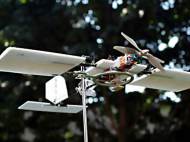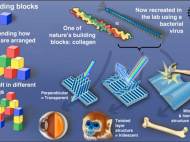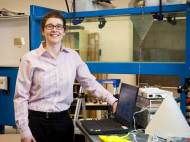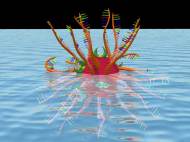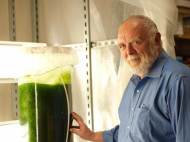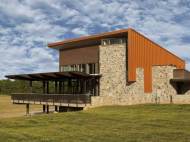Medusoid – artificial jellyfish swims in a heartbeat
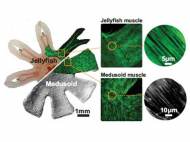 A team of researchers at Harvard University and the California Institute of Technology (Caltech) managed to combine inanimate silicon and living cardiac muscle cells into a freely swimming “jellyfish”. Aside proving reverse engineering of variety of muscular organs and simple life forms, it suggests a broader definition of what counts as synthetic life and it… »
A team of researchers at Harvard University and the California Institute of Technology (Caltech) managed to combine inanimate silicon and living cardiac muscle cells into a freely swimming “jellyfish”. Aside proving reverse engineering of variety of muscular organs and simple life forms, it suggests a broader definition of what counts as synthetic life and it… »

